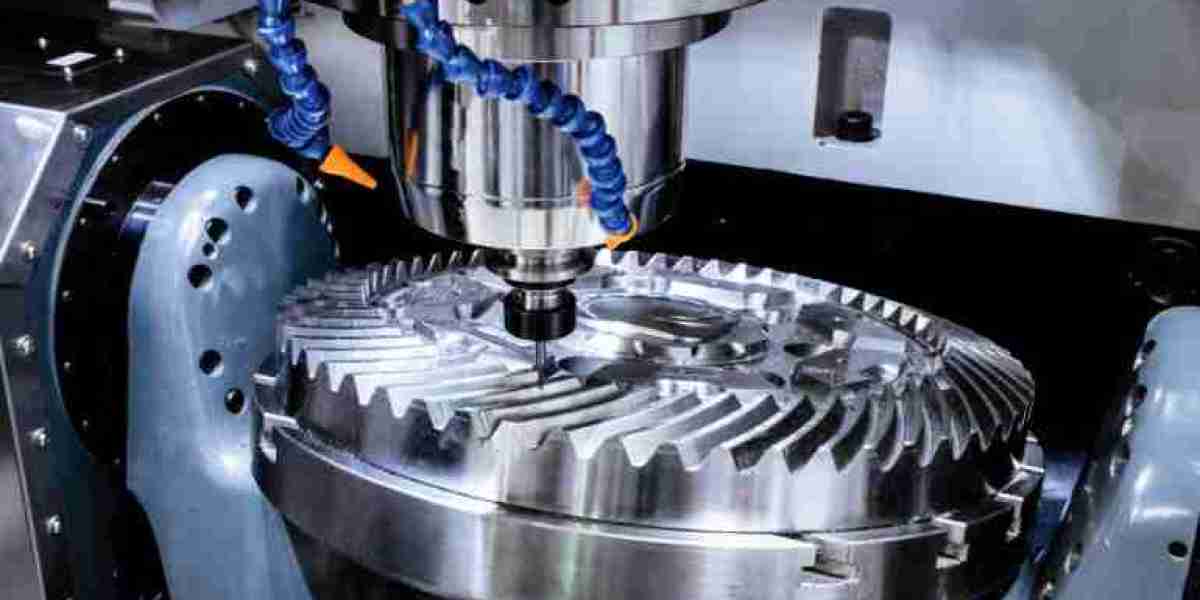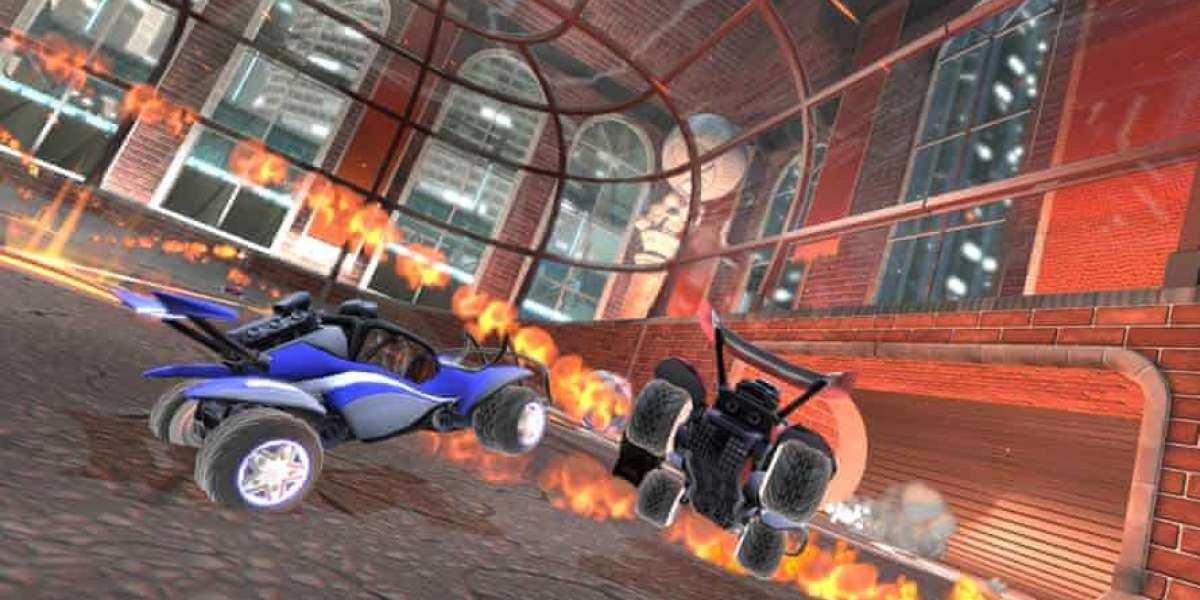The Complete Guide to Die Casting: Process, Materials, Applications and Partnering with a Professional Service Provider
Die casting is a manufacturing process that involves forcing molten metal under high pressure into a mold cavity. It is used to produce complex metal parts with a high degree of accuracy and at mass production levels. This process allows for the precision manufacturing of parts that would otherwise be difficult or uneconomical to produce through conventional machining or fabrication techniques.
Contents
I. What is Die Casting?
II. Common Die Casting Materials
III. The Die Casting Process
IV. Types of Die Casting
V. Benefits of Die Casting
VI. Design Considerations for Die Cast Parts
VII. Ensuring High Quality in Die Cast Parts
VIII. Surface Finishing of Die Cast Parts
IX. Die Casting Applications in Various Industries
X. Partnering with a Professional Service Provider like Diecasting-Mould
XI. Conclusion
XII. Frequently Asked Questions

I. What is Die Casting?
Die casting is a manufacturing process that forces molten metal under very high pressure into a mold cavity. A hydraulic press forces the hardened tool steel pieces that make up the mold cavity to come together with extreme force, almost perfectly sealing the cavity. This allows the molten metal to take the exact shape of the cavity under intensive pressure.
The key advantages of die casting include its ability to produce complex parts with a high degree of accuracy and precision, in large volumes through automated production. Die casting is well-suited for manufacturing parts that would be difficult or uneconomical to produce through other techniques such as machining or fabrication.
II. Common Die Casting Materials
The main metallic materials used in die casting processes include aluminum, magnesium, zinc and copper alloys.
| Material | Common Alloys | Properties |
|---|---|---|
| Aluminum | A380, B390, 413, 443 | Lightweight, corrosion resistant, conductive |
| Magnesium | AZ91D, AM60, AS41B, AE42 | Lighter than aluminum, machinable, damping |
| Zinc | Zamak 3, Zamak 2, Zamak 5 | Easy casting, impact strength, ductility, plating |
The choice of material depends on specific requirements such as strength, weight, corrosion resistance, machinability and cost considerations.
III. The Die Casting Process
The basic die casting process consists of the following main steps:
- Design of the die cavity using 3D CAD modeling
- Manufacturing the die from hardened tool steel through machining
- Heating the shot chamber and injecting molten metal
- Forcing the mold shut under extremely high pressure
- Cooling and solidification of the cast part
- Ejecting the finished part from the mold cavity
- Trimming and finishing of extras like gates and ribs
The key factors that differentiate various die casting techniques are the temperature at which the molten metal is injected and the mechanism used to inject it under pressure.
IV. Types of Die Casting
The two main types of die casting processes are:
Cold Chamber Die Casting
Used for metals with high melting points like aluminum. The molten metal is poured into a cold chamber and then injected under high pressure upwards of 20,000 psi.
Hot Chamber Die Casting
Suitable for low melting point metals like magnesium, zinc and tin-based alloys. The molten metal is kept in a holding furnace at the required temperature before injection.
Other variants include low pressure die casting, squeeze casting and semi-solid metal casting (thixocasting).
V. Benefits of Die Casting
Key advantages of die casting include:
- Capacity for high volume, automated production of complex parts
- Dimensional accuracy and consistency of +/- 0.002"
- Superior mechanical properties and strength of cast parts
- Surface finish options for plating, powder coating or painting
- Cost-effectiveness for medium to high volume production
- Materials choice for engineering plastics and alloys
- Manufacturability of undercuts and interior cavities
VI. Design Considerations for Die Cast Parts
Key factors to consider in die design include:
- Draft angles for easy part release from the die
- Uniform wall thickness for consistent filling
- Ribs and bosses for structural reinforcement
- Gates and sprues for optimized molten metal flow
- Vents to allow air escape during filling
- Fillets to eliminate sharp edges and corners
- Optimization for casting, machining and assembly
Advanced 3D CAD modeling is essential for die design and process simulation.
VII. Ensuring High Quality in Die Cast Parts
Key factors influencing quality include:
- Quality of die materials and precision machining
- Control of process parameters like temperature and pressure
- Cleanliness of die, material, furnace and shot systems
- Uniformity of gate dimensions and molten metal transfer
- Effective vents and risers for air removal and filling
- Usage of premium alloys suited for the application
- Statistical process control and quality inspection
VIII. Surface Finishing of Die Cast Parts
Common surface finishing options for die castings include:
- Painting, powder coating, wet painting for protection and aesthetics
- Plating of chrome, zinc, nickel for corrosion resistance
- Anodizing of aluminum for thicker oxide finish
- Polishing for a smooth, high-luster appearance
- Texturing, abrasive blasting for non-slip properties
- Antiquing to create an aged metal effect
This provides customized solutions as per end application needs.
IX. Die Casting Applications in Various Industries
Some major industrial sectors utilizing die casting include:
- Automotive - engine parts, structural components, trim pieces
- Appliances - housing parts, knobs, handles
- Agricultural equipment - linkage pieces, guards
- Electronics - housings, heatsinks, connectors
- Hardware - locks, hinges, handles
- Sanitary fittings - faucets, showerheads
- Lighting - lamp components, bezels
- Industrial machinery - guards, covers, couplers
X. Partnering with a Professional Service Provider like Diecasting-Mould
For precision die casting services, Diecasting-Mould offers a comprehensive solution.
As a leading CNC Machining Services provider in China, it has the capabilities for prototyping as well as medium to high volume production.
Key advantages of partnering with Diecasting-Mould include access to:
- Advanced die casting, CNC Machining Services and surface finishing facilities
- Professional engineering support for technical consultation
- Strict quality standards and process control systems
- Industry expertise through long-standing OEM partnerships
- Premium alloys and materialsourcing through global suppliers
- Competitive pricing with fast turnaround times
- One-stop solutions from design to finished prototypes
XI. Conclusion
Die casting is a highly productive manufacturing process that offers powerful advantages for precision and repeatability in high volume production. By leveraging the expertise of specialist service providers, the die casting technique can be successfully implemented across many industries to fabricate complex metal components in a cost-effective manner.
XII. Frequently Asked Questions
1. What are the main types of die casting dies?
The four main types are single cavity die, multiple cavity die, combination die and unit die.
2. What materials can be die cast?
Common die casting materials include aluminum, magnesium, zinc alloys and copper alloys.
3. Can die casting be used for prototyping?
Yes, die casting can be leveraged to produce functional prototypes prior to full production, especially for low melting point metals.
4. How do I estimate die casting costs?
Indicative die casting pricing depends on part complexity, alloy, tolerances, surface finish and project volumes.



